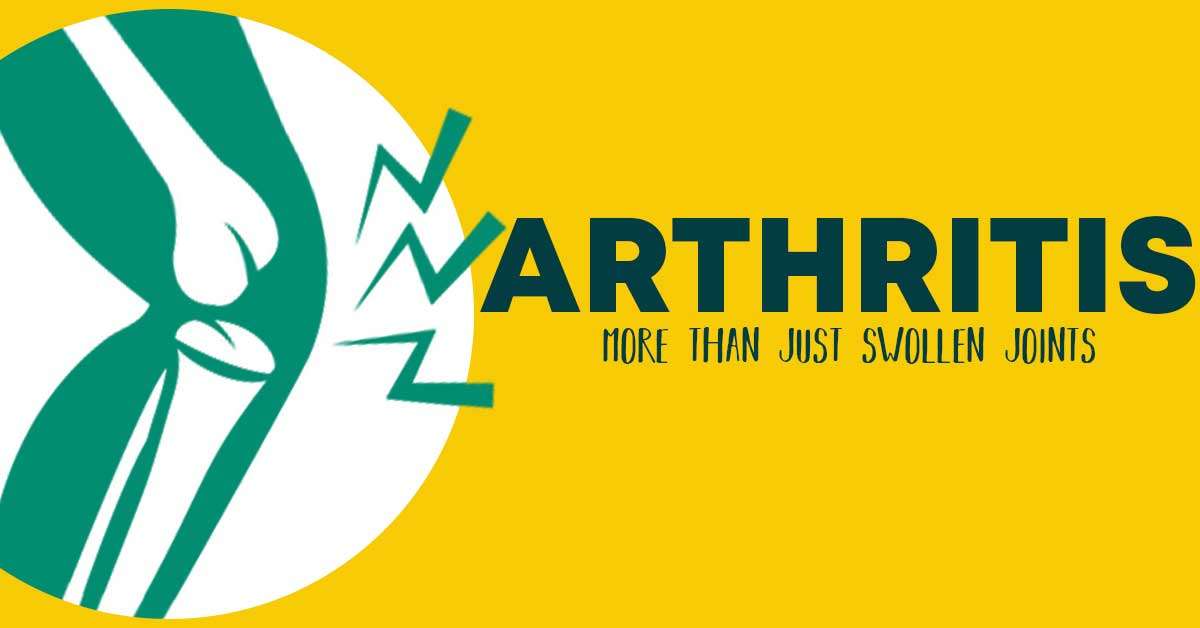You likely are familiar with arthritis, but July’s Juvenile Arthritis Month seeks to highlight one of the many aspects of arthritis that may not be prevalent in mainstream knowledge. Though arthritis is commonly thought of as a disease for older adults, juvenile arthritis impacts nearly 300,000 American children (under the age of 18).
Arthritis is most common in adults and the CDC reports 24% of all people are estimated to have arthritis. Though many are not diagnosed, the joint pain likely limits their mobility in activities. Statistics indicate that 1 in 4 adults who have arthritis report severe joint pain – this is about 1 out of every 16 people.
That’s why this month is not only a great time to highlight juvenile arthritis, but arthritis in general.
Rheumatoid Arthritis
Of these roughly 300,000 cases in children, about 50,000 are juvenile idiopathic arthritis cases (JIA – formerly called juvenile rheumatoid arthritis). Because JIA is an “autoimmune” form of arthritis, it can compromise a child’s ability to fight normal diseases and leave them open to complications that may affect their eyes, bone growth, etc.
Though adults have more developed immune systems, with rheumatoid arthritis your “body’s immune system attacks the lining of the joint capsule, a tough membrane that encloses all the joint parts” (Mayo Clinic).
Osteoarthritis
The most common type of arthritis among adults is osteoarthritis.
Osteoarthritis is caused by the wear-and-tear damage to the joint’s cartilage. As the cartilage between your bones wears out, they no longer move as smoothly resulting in friction. In the worst-case scenarios, bone-on-bone friction can eventually develop.
What Puts You at Risk of Arthritis?
According to the Mayo Clinic, notable risk factors include:
- Family History – Some arthritis types can run in families
- Age – Often the older you are the greater your risk
- Gender – Certain types of arthritis are more common in one gender than the other
- Previous joint injury – Arthritis has an increased likelihood of occurring in a joint that you already had an injury in
- Obesity – Extra weight results in extra stress on your joints
The Wider-Reaching Impact of Arthritis
Though commonly thought of as a joint issue, the CDC has explored the connection between arthritis and mental health. By their estimation, about 1 in 5 US adults who have arthritis also suffer from anxiety or depression. This connection was most commonly found in younger arthritis patients – those aged 18 to 44.
If you know someone with arthritis, you may have heard them reference a connection between the weather and their joint pain. There is an interesting connection to explore as theories range from a connection to air pressure or humidity or simply a general decrease in physical activity on stormy days.
What about Physical Activity?
Patients with arthritis are encouraged to stay active – both children and adults. By maintaining regular physical activity you can improve your arthritis pain, function, and mood. Additionally, this can help you maintain a healthy lifestyle and body weight.
It is important that you select activities that are comfortable for your joints. Oftentimes arthritis patients find biking or swimming to be great options that have a low impact on their joints.
How Common Is Arthritis in Minnesota?
A 2015 study from the CDC examined the prevalence of arthritis in each state. This was accomplished using randomized surveys. States located in the southeast section of the United States (excluding Florida) were observed to have the highest rates of arthritis, between 25.8% and 33.6% of the population. Maine and Michigan also ranked in this high category.
Fortunately, Minnesota fell into the lowest category of arthritis prevalence, between 17.2% and 21.5%.
It is unlikely that Minnesota’s geographic location plays any role in the decreased prevalence of arthritis, but it may say something about the broader demographic of those who live in the state. Many of the states that have the highest prevalence of arthritis are the same states that have the highest prevalence of obesity.


